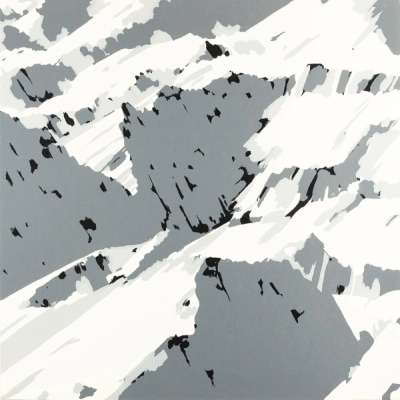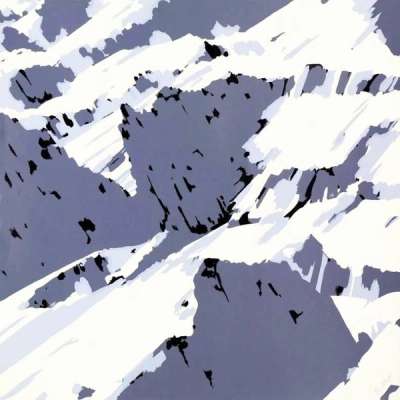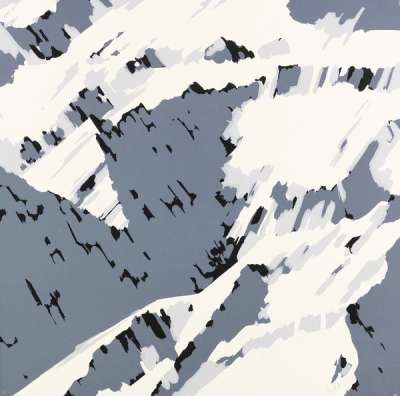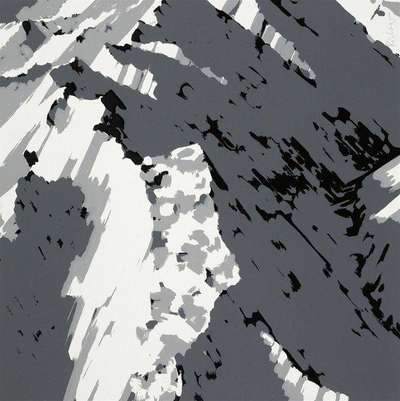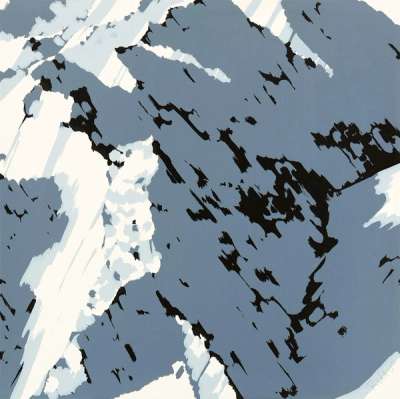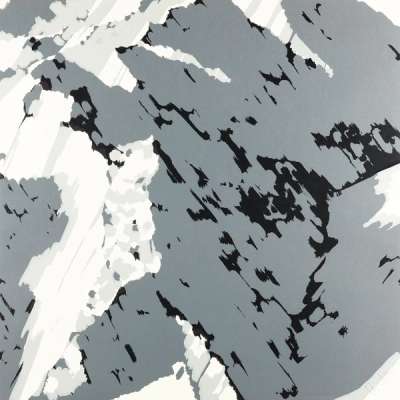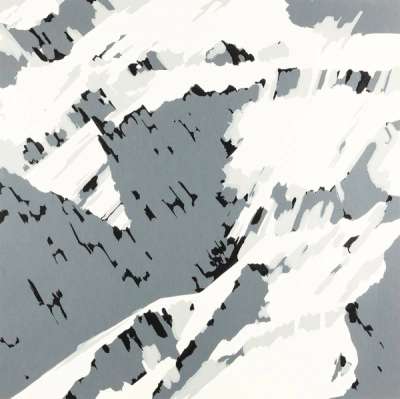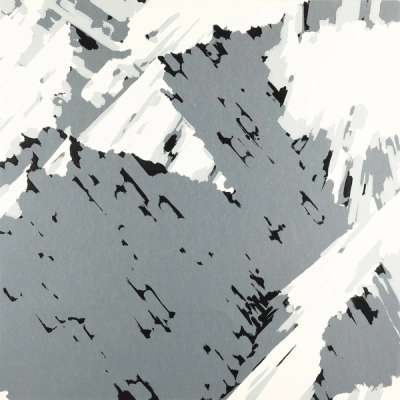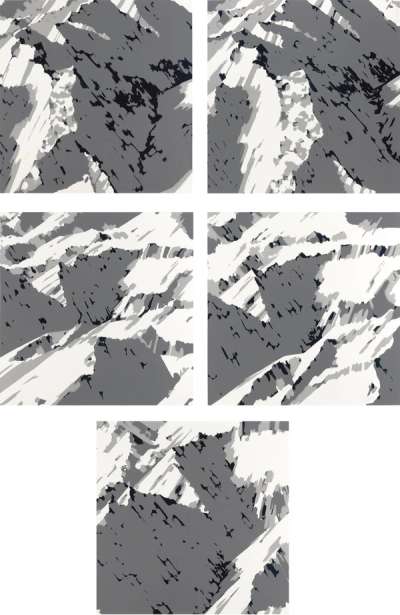
Schweizer Alpen I - A2

Schweizer Alpen I - A2
Signed Print
Gerhard Richter
£16,000-£23,000Value Indicator
$35,000-$50,000 Value Indicator
$30,000-$45,000 Value Indicator
¥160,000-¥220,000 Value Indicator
€19,000-€27,000 Value Indicator
$170,000-$240,000 Value Indicator
¥3,040,000-¥4,370,000 Value Indicator
$21,000-$30,000 Value Indicator
AAGR (5 years) This estimate blends recent public auction records with our own private sale data and network demand.
There aren't enough data points on this work for a comprehensive result. Please speak to a specialist by making an enquiry.
Medium: Screenprint
Edition size: 300
Year: 1969
Size: H 69cm x W 69cm
Signed: Yes
Format: Signed Print
TradingFloor
Track this artwork in realtime
Watch artwork, manage valuations, track your portfolio and return against your collection
Track auction value trend
Auction Results
| Auction Date | Auction House | Location | Hammer Price | Return to Seller | Buyer Paid |
|---|---|---|---|---|---|
| March 2025 | Grisebach | Germany | |||
| November 2024 | Van Ham Fine Art Auctions | Germany | |||
| September 2024 | Sotheby's Edinburgh | United Kingdom | |||
| December 2023 | Lempertz, Cologne | Germany | |||
| September 2023 | Ketterer Kunst Hamburg | Germany | |||
| September 2023 | Grisebach | Germany | |||
| June 2023 | Van Ham Fine Art Auctions | Germany |
Meaning & Analysis
The work of highly regarded German artist, Gerhard Richter, Schweizer Alpen I - A2 is part of the Swiss Alps series. Issued in 1969 and in an edition of 300, the work is signed by the artist and offers a semi-abstracted view of a mountainous landscape.
In this print, viewers are witness to the gradual, staged process of abstraction of which Richter is a pioneer. Not unlike Richter’s Annunciation After Titian paintings, which comprise 5 increasingly ‘blurred’ reconstructions of Titian’s masterwork The Annunciation (1539), this work relates directly to its close cousin, Schweizer Alpen I - A1. With reference to this partner print, we can see that Schweizer Alpen I - A2 is darker in colour and more hard-edged in form; the contrast between the grey section to the right of the print’s composition and the light-filled, mountainous ridges to its left serve to abstract, taking the viewer further and further away from its original subject matter, the Swiss Alps.
Richter has long situated himself at the intersection between representation and non-representation. On the one hand, the artist is well-known for producing historical portraits, such as the iconic 48 Portraits (1972) series that won him international acclaim at the Venice Biennale; yet on the other, Richter is the master of the large-scale abstract, his Cage f.ff and Cage Grid series vaunting the artist’s mastery of colour and non-representational composition.
